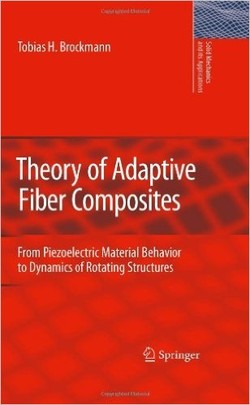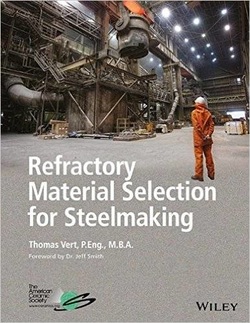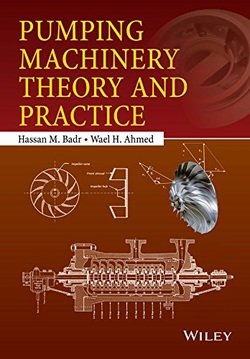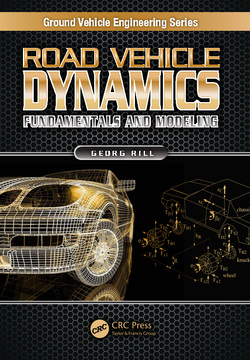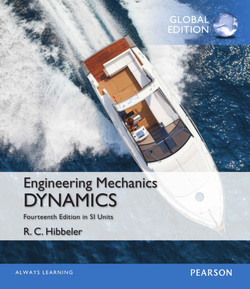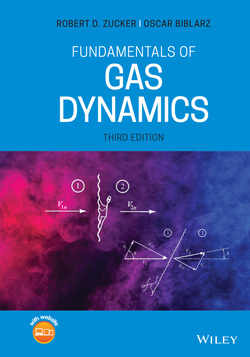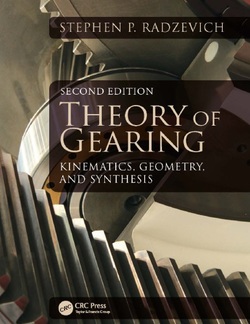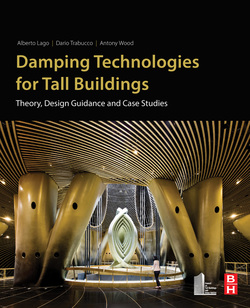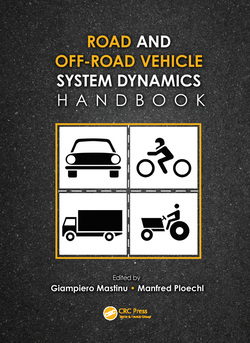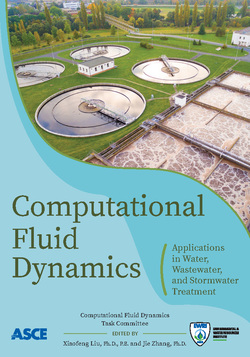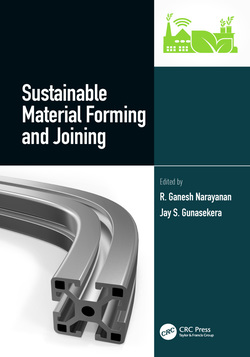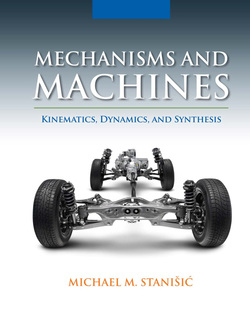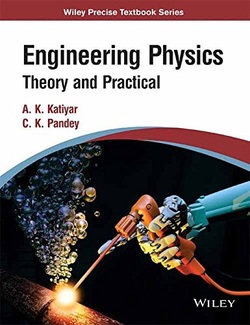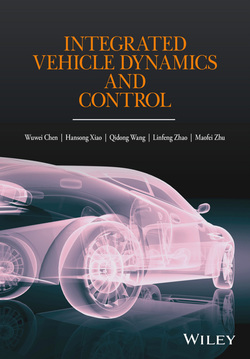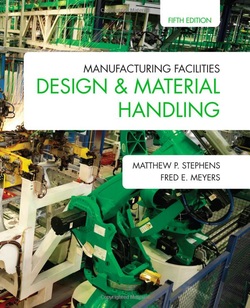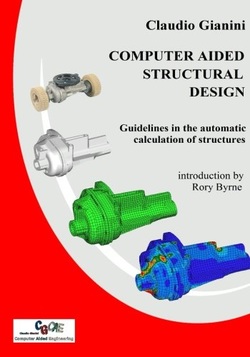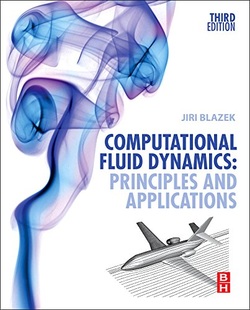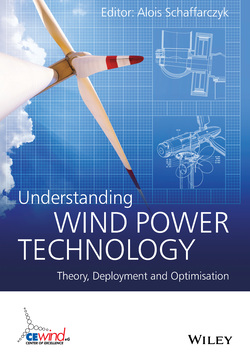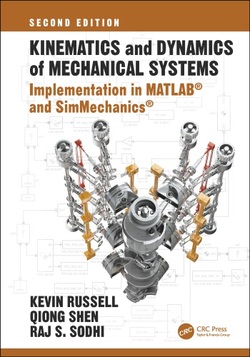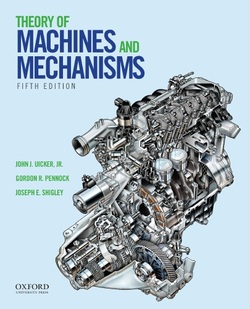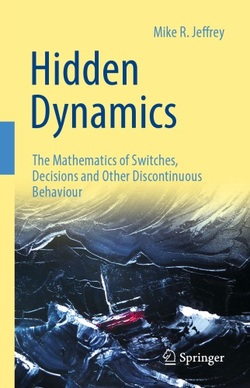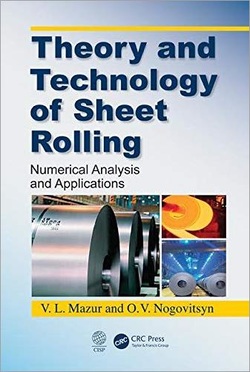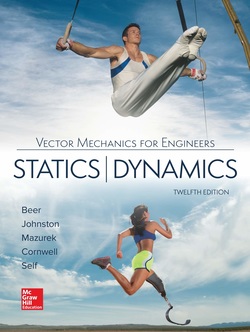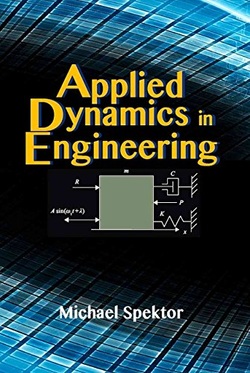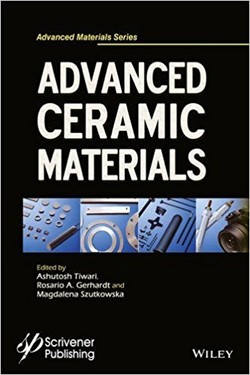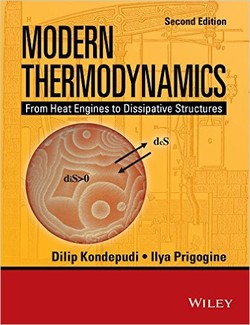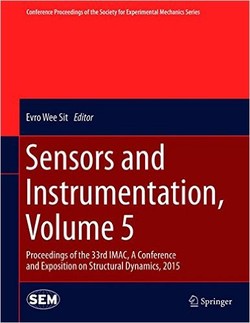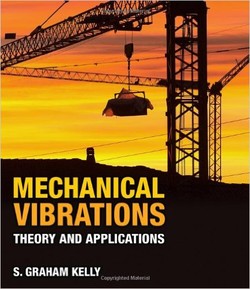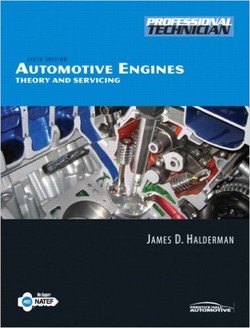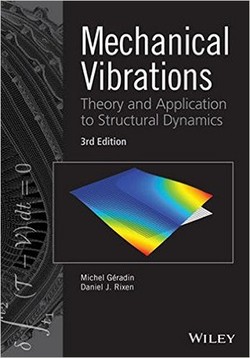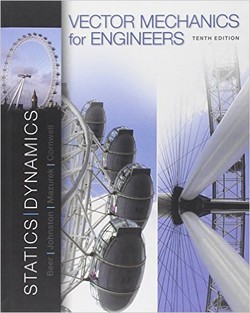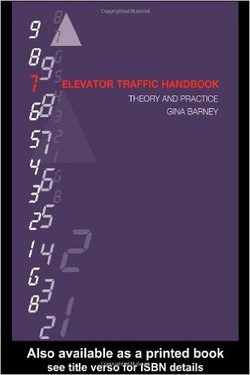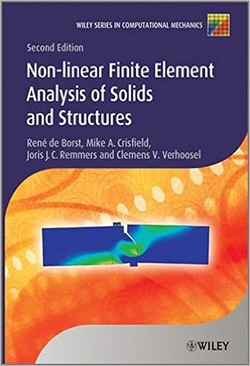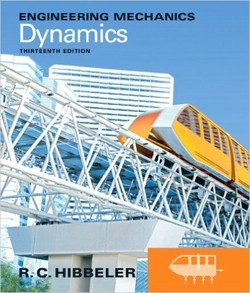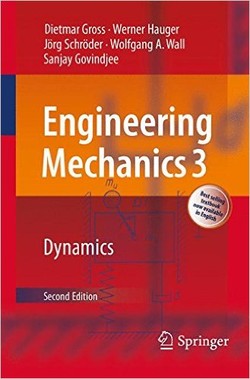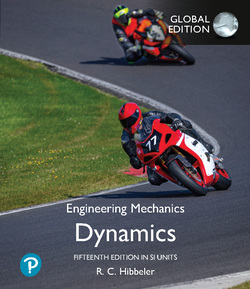سیستمهای ساختاری قابل تطبیق همراه با مواد چندمنظوره، راهحلهای فنی را با طیف گستردهای از برنامههای کاربردی و درجه بالایی از یکپارچگی، تسهیل مینمایند.
به موجب ترکیب قابلیتهای بکارگیری و سنجش مواد پیزوالکتریک با استفاده از ترکیب فیبرها، خواص ناهمسانگرد تشکیلدهنده آنها ممکن است با توجه به شرایط و رفتار شکست، بهبود بیابند.
این ترکیبهای فیبر قابل تطبیق برای کاهش سروصدا و ارتعاشات بسیار مناسب میباشند. در این رابطه سیستم روتور هلیکوپتر نشاندهنده یک حوزه بسیار جالب و گسترده از برنامههای کاربردی میباشد. نوسانات رخ داده میتوانند با کمک کوپلینگهای آیرودینامیکی از طریق دستکاری سریع زاویه برخورد کاهش یابند که توسط پیچ تحریک از تیغه روتور القا شده است.
از طرفی خواص سنجش ممکن است برای تعیین وضعیت فعلی تغییر شکل مورد استفاده قرار بگیرند درحالیکه از طرف دیگر خواص تحریک بهمنظور رسیدن به تغییر شکل مورد نیاز استفاده میشوند.
به موجب ترکیب قابلیتهای بکارگیری و سنجش مواد پیزوالکتریک با استفاده از ترکیب فیبرها، خواص ناهمسانگرد تشکیلدهنده آنها ممکن است با توجه به شرایط و رفتار شکست، بهبود بیابند.
این ترکیبهای فیبر قابل تطبیق برای کاهش سروصدا و ارتعاشات بسیار مناسب میباشند. در این رابطه سیستم روتور هلیکوپتر نشاندهنده یک حوزه بسیار جالب و گسترده از برنامههای کاربردی میباشد. نوسانات رخ داده میتوانند با کمک کوپلینگهای آیرودینامیکی از طریق دستکاری سریع زاویه برخورد کاهش یابند که توسط پیچ تحریک از تیغه روتور القا شده است.
از طرفی خواص سنجش ممکن است برای تعیین وضعیت فعلی تغییر شکل مورد استفاده قرار بگیرند درحالیکه از طرف دیگر خواص تحریک بهمنظور رسیدن به تغییر شکل مورد نیاز استفاده میشوند.
سال انتشار: 2009 | تعداد صفحات: 230 | حجم فایل: 6.28 مگابایت | زبان: انگلیسی
Theory of Adaptive Fiber Composites: From Piezoelectric Material Behavior to Dynamics of Rotating Structures
نویسنده:
Tobias. H. Brockmann
ناشر:
Springer
ISBN10:
9048124344
ISBN13:
9789048124350
